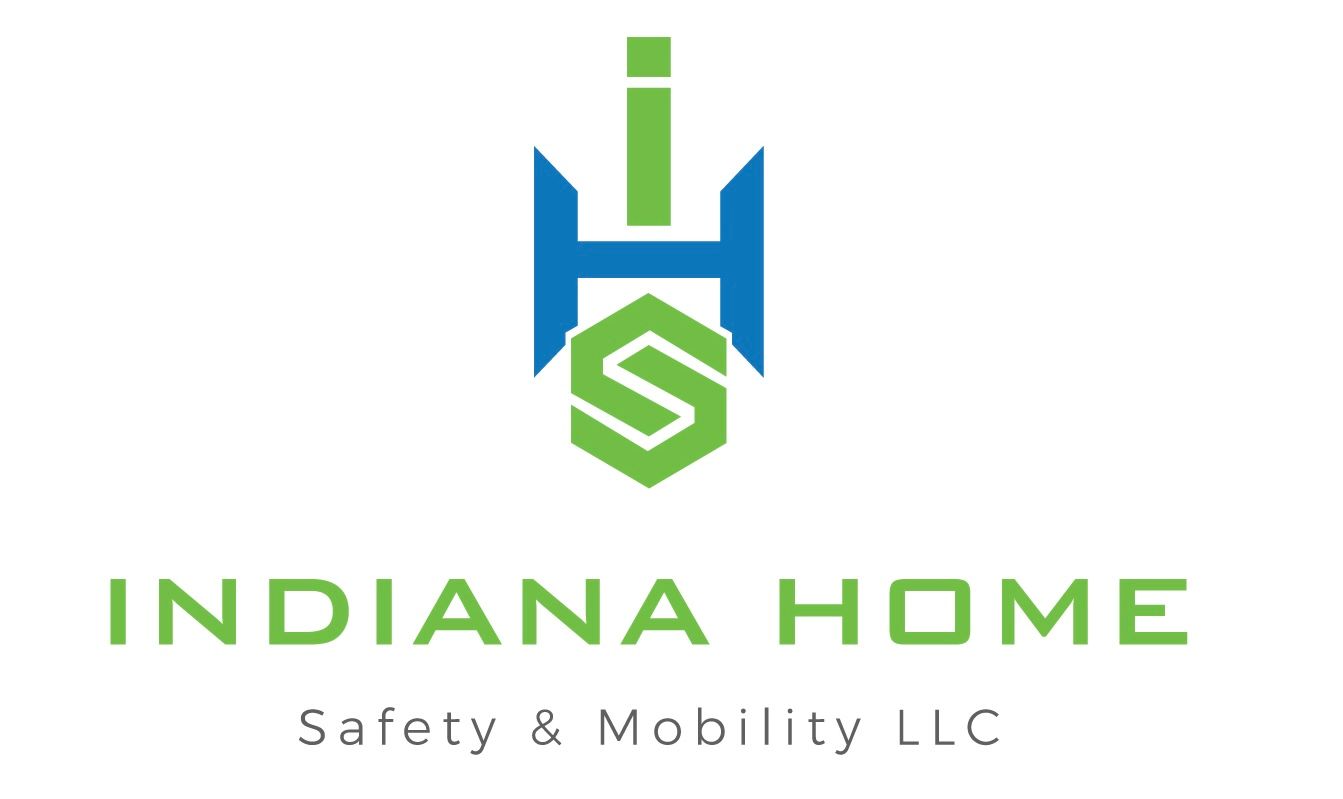Available From 10:00am to 5:00pm below:
24/7 Answering On The Toll-Free Number below:
Available From 10:00am to 5:00pm below:
24/7 Answering On The Toll-Free Number below:
The Seven Key Milestone Ages in Retirement

Retirement planning is a journey marked by important milestones that can open doors to new opportunities, help you maximize savings, and ensure financial security. These ages represent key moments where action is either required or highly beneficial for securing your future. Below, we outline seven key ages and their significance in retirement planning.
1. Age 50: Catch-Up Contributions Begin
At age 50, you gain the opportunity to boost your retirement savings through catch-up contributions. This is especially helpful if life events like job changes, caregiving responsibilities, or other financial setbacks have impacted your savings.
• 401(k), 403(b), and Similar Plans: You can contribute an extra $7,500 annually in 2024, bringing the total limit to $30,500.
• IRAs: Add an additional $1,000 to your traditional or Roth IRA contributions.
• SIMPLE Plans: Employees over 50 can contribute an additional $3,500, for a total of $19,500.
Starting in 2025, those aged 60-63 will see higher catch-up limits for 401(k) and SIMPLE IRA plans, giving an even greater opportunity to boost retirement savings during those critical years.
2. Age 59½: No More Early Withdrawal Penalties
Once you reach 59½, you can withdraw funds from your retirement accounts like IRAs and 401(k)s without the 10% early withdrawal penalty. While taxes may still apply, this flexibility can support those retiring early or facing unexpected financial needs.
• Roth IRAs: Contributions can always be withdrawn penalty-free, but withdrawing earnings before this age (or before the account is 5 years old) may incur taxes and penalties.
3. Age 62: Early Social Security Benefits
Age 62 marks the earliest you can claim Social Security benefits, though this comes with a reduced monthly payment (up to 30% less than waiting until full retirement age). Your health, financial needs, and retirement plans should guide this decision. Waiting until full retirement age or even 70 can significantly increase your benefit.
4. Age 65: Medicare Eligibility
Medicare becomes available at age 65, making it crucial to apply during the initial enrollment period, which starts three months before your 65th birthday and lasts for seven months. Delaying enrollment could result in higher premiums for Part B and Part D coverage. Even if you’re still working and covered by employer insurance, understanding your options is key to avoiding late enrollment penalties.
5. Ages 66-67: Full Retirement Age (FRA) for Social Security
Your full retirement age depends on your birth year:
• 66 years for those born between 1943-1954.
• 67 years for those born in 1960 or later.
Reaching your FRA allows you to collect your full Social Security benefit, with no reductions. Delaying beyond your FRA increases your benefits by 8% per year, up to age 70.
6. Age 70: Maximum Social Security Benefit
If you’ve waited until 70 to claim Social Security, you’ll receive the highest possible monthly benefit. Delaying your benefits from FRA to 70 can increase your payments by 24% to 32%, depending on your FRA.
7. Age 73: Required Minimum Distributions (RMDs)
At 73, the IRS mandates that you begin taking RMDs from traditional IRAs and employer-sponsored retirement plans. Failing to take the required distribution results in steep penalties, so staying on top of these withdrawals is essential. The RMD amount changes annually based on account balances and life expectancy tables.
Key Takeaways
Retirement planning is a lifelong process, and these milestone ages play a significant role in shaping your financial future. Whether it’s maximizing savings, minimizing penalties, or accessing benefits, staying informed and proactive is essential. Mark these milestones on your calendar and plan ahead to make the most of your retirement years.
- Avon
- Anderson
- Bloomington
- Brownsburg
- Carmel
- Clear Creek
- Columbus
- Crawfordsville
- Elkhart
- Evansville
- Fishers
- Fort Wayne
- Greenfield
- Greenwood
- Indianapolis
- Arlington Heights
- Fortville
- Westfield
- Zionsville
- Lafayette
- Lebanon
- Elwood
- Plainfield
Contact Information
After Hours Toll-Free Number below:
Phone: 844-723-8394
Fax: 989-487-2796
Address: Indianapolis, IN
Business Hours
- Mon - Fri
- -
- Saturday
- -
- Sunday
- Closed






Financing Available

